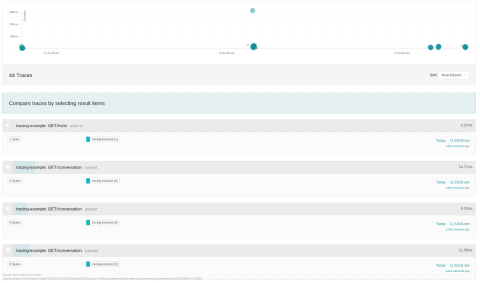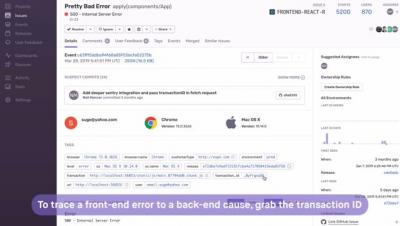Ticketmaster Traces 100 Million Transactions per Day with Jaeger
Microservices and containers multiplied the complexity of Ticketmaster’s software system. Its engineers solved their debugging problems with Jaeger, an open-source tracing tool from Uber incubating at CNCF.










